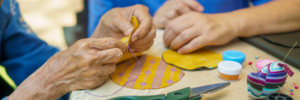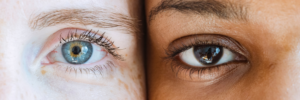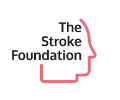Although more men have strokes per year than women, women’s strokes tend to be deadlier. This is due to a variety of factors, including significantly different symptoms of a stroke as well as women-specific risk factors that men don’t have. In this article we will explore what those risk factors are, and what unique symptoms of stroke can look like.
Risk factors
Being aware of how certain aspects of your life can affect your risk of stroke can help you take steps to lower your risk, in consultation with your doctor or medical professional. The risk factors that are specific to women are:
• Use of hormones — hormone replacement therapy or taking birth control can significantly increase your risk of stroke, and if taken without any precautions or preparation, can be very dangerous for some women.
• Pregnancy — the risk of stroke during pregnancy can be up to three times greater than the risk in non-pregnant women.
• Preeclampsia — some pregnant women can experience high blood pressure during pregnancy, which increases their risk of stroke later in life.
• Smokers experiencing migraines with aura — women who smoke and also have migraines with aura are at a significantly higher risk of ischemic stroke, particularly at young ages.
• Heart diseases — heart disease increases risk for both men and women, but atrial fibrillation specifically increases risk of stroke for women over 75.
What can you do to lower your risk?
Always speak with your doctor about your concerns. You are never too young to take steps to lower your risk of stroke, so ask questions and get informed about your risk.
There are some simple steps you can take now:
• If you smoke, quit smoking.
• Try to get more physically active — it can help lower cholesterol and blood pressure if you suffer from that.
• Eat healthier meals that also help lower cholesterol and blood pressure. Even if you don’t have high cholesterol now, a healthy diet can prevent many diseases later on in life.
Symptoms of stroke in women
The most common signs of stroke that both men and women can experience are:
• Face dropping
• Weakness in an arm or leg
• Slurred speech or difficulty understanding speech
• Difficulty walking
• Painful headache
Women can also experience these symptoms:
• Fatigue or general weakness
• Vomiting or nausea
• Confusion or disorientation
These women-specific symptoms can usually be ignored or mistaken for something else. It’s important to be aware of these symptoms and get help as soon as possible — delaying diagnosis or treatment can result in a more challenging recovery period, or be deadly.




